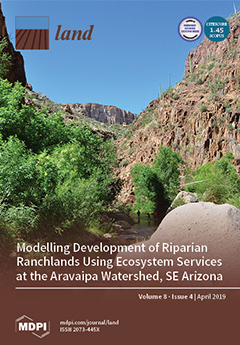Resource information
The growing demand for biofuel production increased agricultural activities in South Dakota, leading to the conversion of grassland to cropland. Although a few land change studies have been conducted in this area, they lacked spatial details and were based on the traditional bi-temporal change detection that may return incorrect rates of conversion. This study aimed to provide a more complete view of land conversion in South Dakota using a trajectory-based analysis that considers the entire satellite-based land cover/land use time series to improve change detection. We estimated cropland expansion of 5447 km2 (equivalent to 14% of the existing cropland area) between 2007 and 2015, which matches much more closely the reports from the National Agriculture Statistics Service—NASS (5921 km2)—and the National Resources Inventory—NRI (5034 km2)—than an estimation from the bi-temporal approach (8018 km2). Cropland gains were mostly concentrated in 10 counties in northern and central South Dakota. Urbanizing Lincoln County, part of the Sioux Falls metropolitan area, is the only county with a net loss in cropland area over the study period. An evaluation of land suitability for crops using the Soil Survey Geographic Database (SSURGO) indicated a scarcity in high-quality arable land available for cropland expansion.


